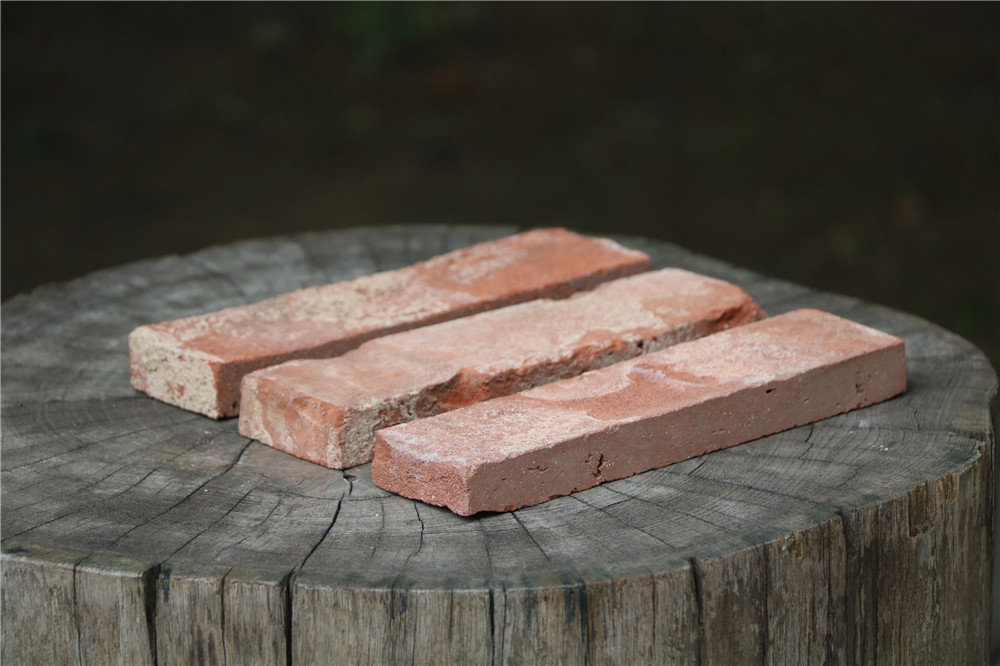The Durability of Cultured Stone A Comprehensive Analysis

Introduction:
Cultured stone, also known as manufactured stone or faux stone, has gained popularity in the construction industry as a cost-effective alternative to natural stone. Made from a mixture of cement, aggregates, and pigments, cultured stone mimics the look and feel of natural stone while offering several advantages in terms of cost, availability, and customization. One of the key factors that determine the suitability of cultured stone for various applications is its durability. In this article, we will delve into the durability of cultured stone, exploring its resistance to environmental factors, wear and tear, and long-term performance.
Durability Factors of Cultured Stone:
1. Weather Resistance:
- Cultured stone is designed to withstand various weather conditions, including rain, snow, heat, and cold. The material is engineered to be non-porous, which helps prevent moisture absorption and reduces the risk of cracking or spalling during freeze-thaw cycles.
- The pigments used in cultured stone are UV-stable, meaning that the color of the stone will not fade or deteriorate when exposed to sunlight over time.
- Proper installation techniques, such as ensuring adequate drainage and using appropriate sealants, can further enhance the weather resistance of cultured stone.
2. Impact and Abrasion Resistance:
- Cultured stone is relatively durable and can withstand moderate impacts without cracking or chipping. However, excessive force or sharp blows can cause damage to the surface of the stone.
- The surface of cultured stone can be sealed with a protective coating to increase its resistance to abrasion and wear from foot traffic or other sources of friction.

3. Chemical Resistance:
- Cultured stone is generally resistant to most common chemicals found in the environment, such as acids, alkalis, and salts. However, prolonged exposure to harsh chemicals can damage the surface of the stone and affect its appearance.
- It is important to clean cultured stone surfaces regularly with mild, pH-neutral cleaners to maintain their appearance and prevent chemical damage.
4. Fire Resistance:
- Cultured stone is non-combustible and has a high resistance to fire, making it a safe choice for exterior cladding and fireplaces. The cement-based composition of cultured stone prevents it from catching fire or contributing to the spread of flames.
5. Long-Term Performance:
- When properly installed and maintained, cultured stone can have a long service life, lasting for several decades without significant deterioration. Regular inspections and repairs can help prolong the lifespan of cultured stone structures.
https://www.fs-slate.com/roofing-slate/ and Care Tips for Cultured Stone:
1. Regular Cleaning:
- Clean cultured stone surfaces with a mild detergent and water solution to remove dirt, dust, and debris. Avoid using harsh chemicals or abrasive cleaners that can damage the surface of the stone.
- Use a soft-bristled brush or sponge to scrub the surface gently, focusing on areas prone to staining or discoloration.
2. Sealing:
- Apply a high-quality sealant to cultured stone surfaces to protect them from water penetration, stains, and discoloration. Sealants can also enhance the color and texture of the stone, giving it a fresh and polished appearance.
- Reapply sealant periodically according to the manufacturer's recommendations to maintain the protective barrier on the stone surface.
3. Inspections:
- Regularly inspect cultured stone installations for signs of damage, such as cracks, chips, or loose stones. Address any issues promptly to prevent further deterioration and maintain the structural integrity of the stone.
4. Repairs:
- Repair minor damage to cultured stone surfaces using patching compounds or repair kits available from stone manufacturers. Follow the manufacturer's instructions carefully to ensure a seamless and durable repair.
Conclusion:
In conclusion, the durability of cultured stone is influenced by various factors, including weather resistance, impact and abrasion resistance, chemical resistance, fire resistance, and long-term performance. By understanding these factors and implementing proper maintenance and care practices, property owners can ensure that their cultured stone installations remain attractive, functional, and durable for many years to come. Cultured stone offers a versatile and cost-effective alternative to natural stone, with the added benefit of enhanced durability and low maintenance requirements. As with any building material, proper installation, regular maintenance, and timely repairs are essential to maximizing the lifespan and performance of cultured stone structures.
